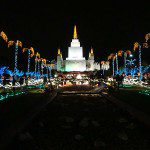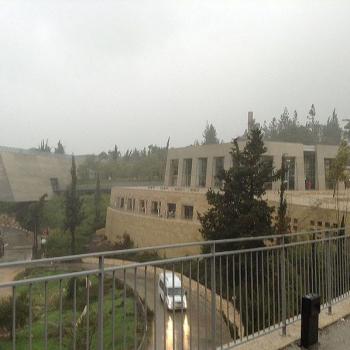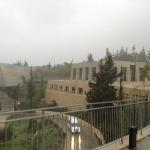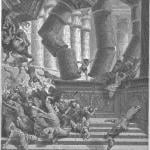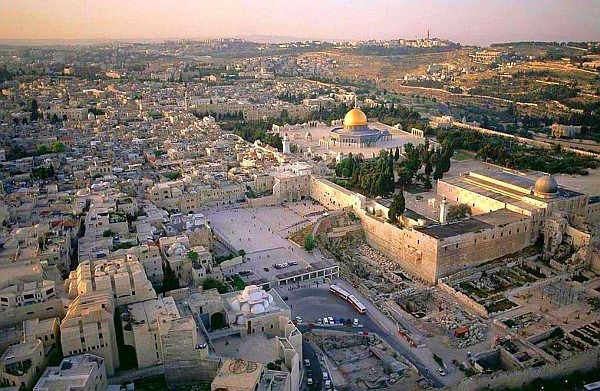
Continuing with a manuscript that I’m actually working on currently:
What really interested the earliest rabbis was the collection and organization of the so-called “oral law,” the traditions that had already been gathering about the text of the Torah for centuries. This was the next layer, the next level of sediment in the mounting deposit of what would come to be modern rabbinic Judaism. It culminated in the completion of the Mishnah, around the year 200 A.D. This important text, collected and edited by the illustrious Rabbi Judah the Prince, is one of the earliest documents of what can properly be called Judaism in the modern sense. It remains one of Judaism’s greatest classics and, after the Bible itself, is the foundation of the Jewish religion. The term mishnah comes from a Hebrew word meaning “to repeat” or “to study,” which points to the way in which it was originally studied—by memorization. The Mishnah is organized by topics and comprises sixty-two sections known as “tractates.” These tractates are divided into six principal parts, dealing with (1) agriculture, and also the portions of various crops that are to be set aside for the temple, the priests, and Israel’s poor; (2) sabbaths and festivals; (3) women, property, marriage, and divorce; (4) civil and criminal law, including torts and the law of witnesses; (5) conduct of the cult or sacrificial liturgy of the temple; and (6) the preservation of purity in the temple and, under certain specific circumstances, in the home. Noteworthy is the continuing emphasis on the temple. At least two of the six principal parts of the Mishnah deal with that building, which isn’t surprising since much of the oral law had probably begun to take shape during the period when it was still standing. But it’s impressive that successive generations of Jews have continued to study the Mishnah, including the substantial portions of it that would train them to conduct the sacrifices and other rites of the temple should it ever return. And it must be assumed that, at the early time when the Mishnah was compiled, the hope that the temple would soon be rebuilt still burned bright in the hearts of many scattered Jews. The lack of a temple, they were certain, would only be temporary. Indeed, for a brief period in the fourth century, the Roman emperor Julian (360-63)—known to Christian sources as “Julian the Apostate” but in Jewish tradition under the more neutral nickname of “Julian the Hellene”—raised hopes for the Jews of Palestine and the rest of the empire. Quite understandably unimpressed by the behavior of his supposedly Christian imperial family, which included murders and cruelties of astonishing variety, Julian had renounced Christianity. A highly intelligent man, he had accepted in its stead a philosophical version of the old Greek religion and had set out to reduce the power of the Christian church and its bishops. As part of his policy, he announced in 362 that he would sponsor the rebuilding of “Holy Jerusalem,” including its temple. By restoring the Jews to their ancient capital and by reestablishing their great shrine, Julian knew, he would score a major propaganda victory against the Christian church, which had based much of its propaganda on the destruction of Jerusalem as a sign of God’s curse upon the Jewish people and the transfer of the divine blessing to the Christians.[1] He was also motivated, it seems, by genuine sympathy with Jewish doctrine and by a deep interest in religious ritual generally. The Christian reaction to Julian’s plans was, predictably, furious— and apparently violent. Thus, when Christian legends report miraculous fireballs that destroyed everything the Jews had built on the temple mount, we can probably infer from this that pious arsonists set fire to the construction site. And when Julian was stabbed to death by a devout Christian Arab soldier among his troops, the dream of a restored Jewish temple died with him.
[1] For some interestingly similar modern views on the matter, see Thomas L. Friedman, From Beirut to Jerusalem (New York: Farrar Straus Giroux, 1989), 430-31.



